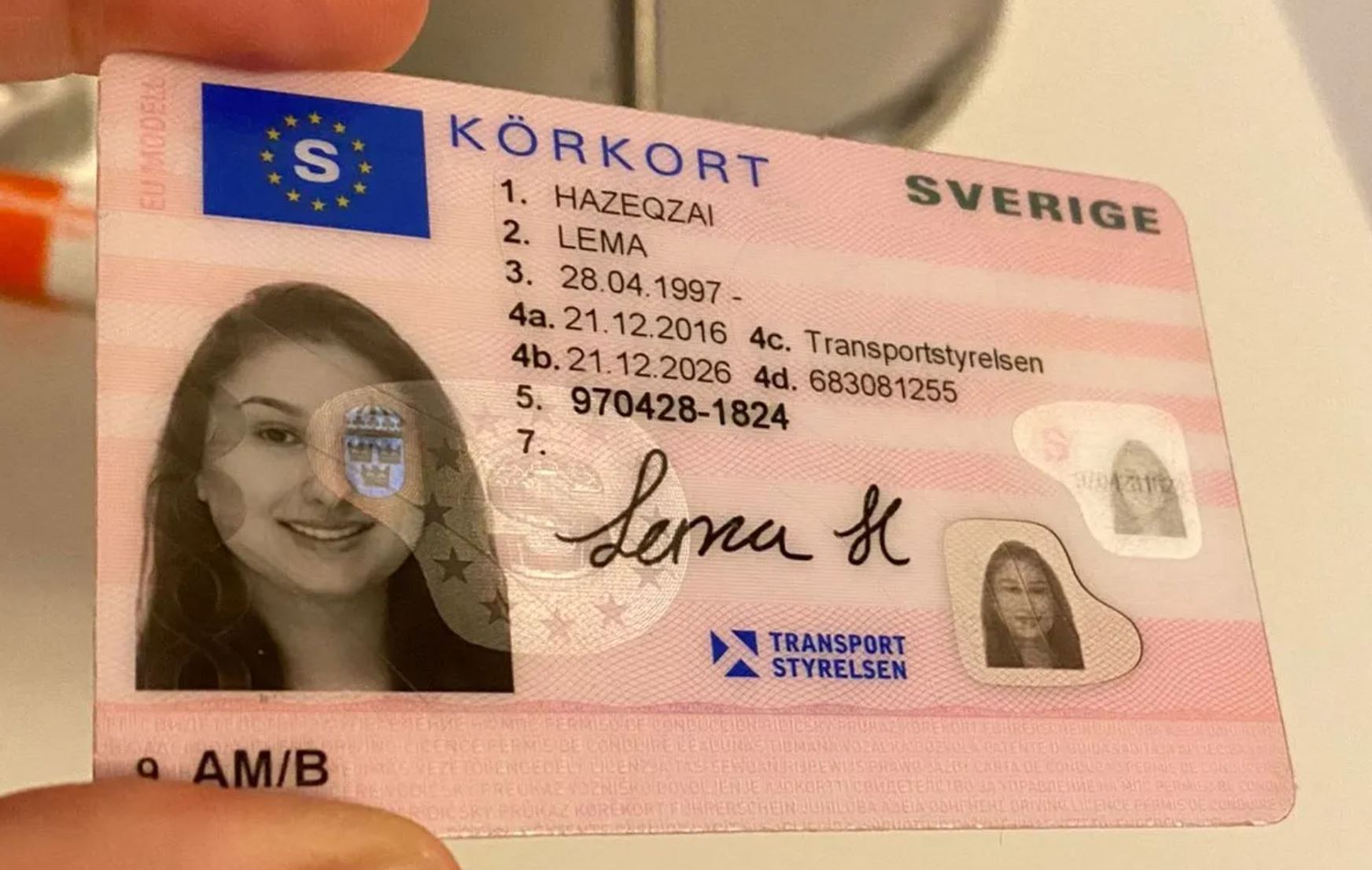Transportstyrelsen, or the Swedish Transport Agency, plays a vital role in the management and guideline of various transportation sectors within Sweden. Responsible for ensuring safe, efficient, and sustainable transportation systems, this firm manages a wide variety of transport modes, including roadway, rail, air travel, and maritime. This post looks into the agency's structure, functions, regulations, and effect on the Swedish transportation landscape.
Developed mostly to simplify the management of the transportation sector, Transportstyrelsen consolidates several functions related to traffic security, facilities, and ecological impact. The company runs under the Ministry of Infrastructure and works in collaboration with city governments, personal sector stakeholders, and international organizations.
Transportstyrelsen's obligations encompass a broad scope, which can be summed up as follows:

Regulatory Framework Development

Licensing and Registration
Traffic Safety Promotion
Sustainability Initiatives
International Collaboration
Transportstyrelsen is arranged into numerous departments, each concentrating on particular transport modalities:
This structure permits for specialization and focused efforts in handling the varied elements of transportation within Sweden while making sure that all departments work collaboratively towards common goals.
| Department | Key Responsibilities |
|---|---|
| Roadway Traffic Department | Manages chauffeur licensing, car registration, and road security guidelines. |
| Train Department | Manages railway security, facilities development, and service quality. |
| Maritime and Air Traffic Department | Controls shipping and air travel, ensuring compliance with security requirements. |
| Environment and Sustainability Department | Addresses transport-related environmental problems and promotes sustainability practices. |
| Financial Analysis and Strategy Department | Conducts economic analyses to notify policy and method on transport initiatives. |
Transportstyrelsen's impact on the Swedish transport system is extensive. The firm's guidelines and policies form the safety, performance, and ecological impact of transportation in Sweden. Secret contributions include:
To guarantee compliance with Transportstyrelsen's policies, stakeholders in the transportation sector should abide by various guidelines and requirements. This consists of getting essential licenses, undergoing evaluations, and sending reports on safety performance.
Violations of these guidelines can result in substantial penalties, consisting of fines and the cancellation of licenses or licenses.
What is Transportstyrelsen?Transportstyrelsen, or the Swedish Transport Agency, is the federal government authority accountable for regulating all elements of transport in Sweden, consisting of road, rail, maritime, and aviation sectors. How does Transportstyrelsenmake sure security in transportation?The company develops and imposes guidelines, conducts research study, and executes safety projects to promote safe transportation practices among all roadway users. What types of automobiles does Transportstyrelsen regulate?Transportstyrelsen controls a large range of lorries, including automobile, commercial cars, motorbikes, airplane, and maritime
vessels. How can I contact Transportstyrelsen?Transportstyrelsen can be called via their main website where different resources, contact details, and forms for questions are offered.
Exists an appeal process for licensing choices made by Transportstyrelsen?Yes, people and companies can appeal choices made by Transportstyrelsen relating to licenses and regulations as laid out in their official standards. Transportstyrelsen is an essential part of Sweden's transport landscape, making sure that the systems in place are not only efficient and effective but also safe and ecologically mindful. Its multifaceted duties, from regulation to public safety, develop a structure that benefits both the Swedish population and the wider transport network. Understanding Transportstyrelsen's functions and functions helps stakeholders navigate the complexities of the transportation sector, fostering compliance and promoting advancements needed for future sustainability.
No Data Found!
